Introduction
DFS200 provides the user with the function of measuring voltage to check battery level. The general voltage measurement method cannot accurately measure the battery level because of the low load when testing. However, DFS200 battery measurement probe (with load) can simulate the situation of adding load after AED startup, making the measurement more accurate.
Battery Level
People usually think that when the battery level decreases, the battery voltage decreases in the same proportion. However, the discharge curve of the battery will be quite stable for a long time without drastic changes. This feature causes the problem that the battery level cannot directly be known from the battery voltage. Therefore, to accurately measure the battery level, we need to add load when measuring.
We found that most AED batteries on the market use CR-123 lithium batteries, which are composed in parallel or series. Therefore, this application note will take CR-123 lithium battery as an example to explain the concept of using DFS200 battery measurement probe (with load) to measure battery level.
DFS200 function of measuring AED battery voltage and predicting battery level
This paragraph introduces the measurement principle and method of DFS200. The three main parts of the measurement are as follows:
- Calculate the battery level according to the discharge curve provided in the battery specification.
- Calculate the recommended remaining battery level based on the AED battery specification and the number of electric shocks guaranteed by the AED.
- During the patrol inspection, the user can measure the battery voltage of the AED and confirm whether the remaining battery level is within the recommended remaining battery level range.
When using DFS200 and the battery measurement probe (with load) to measure the battery voltage of the AED, the user can know the measured battery voltage value on Whaleteq DFS200 APP.
Preparation and Instruction
The user needs to prepare a DFS200 main console, a mobile phone or tablet with WhaleTeq DFS APP installed, the battery measurement probe (with load), and the battery to be tested (as shown in Figure 1):
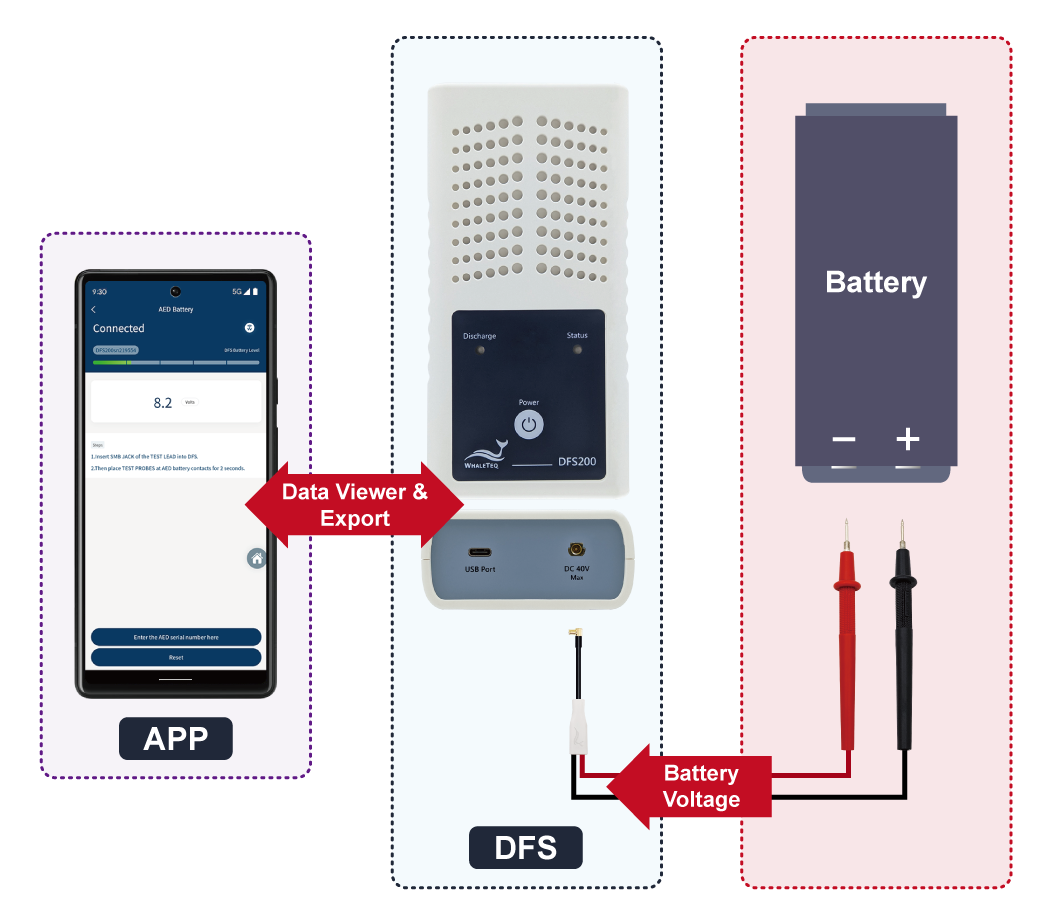
Figure 1: DFS200 Testing Equipment and Battery to be Tested
Instructions
- Turn on to connect DFS200 and APP.
- Make sure DFS200 and APP has been successfully connected.
- Click “AED Battery” on the APP (as shown in Figure 2):
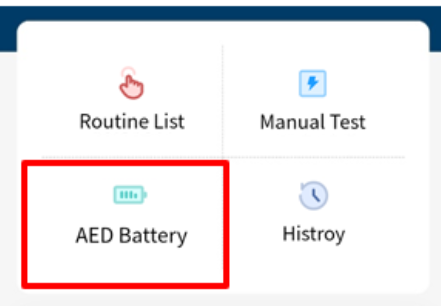
Figure 2: AED Battery Button on DFS200 APP
4. Use the battery measurement probe (with load) to measure the positive and negative poles of the AED battery to be tested, as shown in Figure 3:
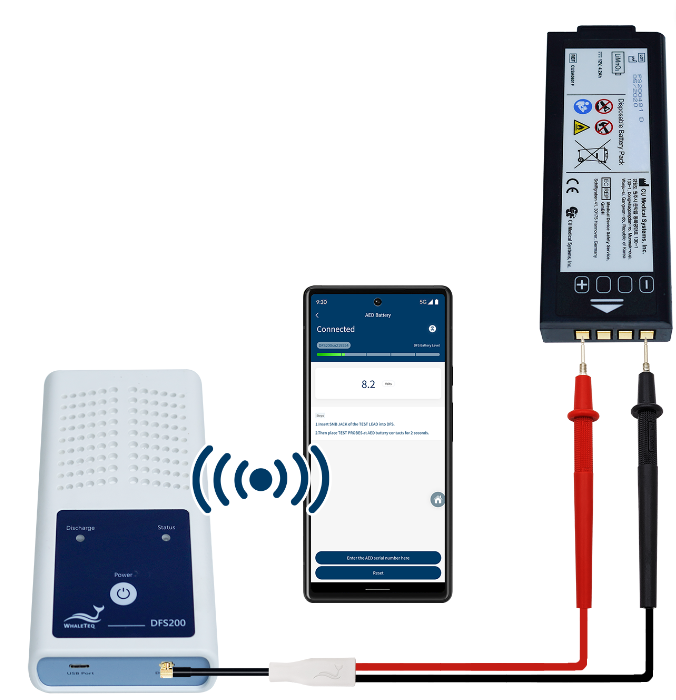
Figure 3: Measure AED Battery With the Battery Measurement Probe (With Load)
5. The measured battery voltage (9.11V) will show on the APP, as shown in Figure 4:
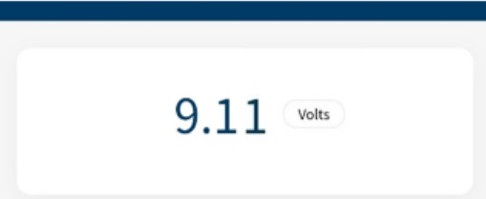
Figure 4: Measure AED Battery With the Battery Measurement Probe (With Load)
Battery Voltage vs. Battery Level
According to the experiment, if the voltage of a single CR-123 battery is lower than 2.6V and continues to discharge, the battery will experience a reduction voltage. Therefore, discharging the battery to a voltage of 2.6V is defined as the "cut-off voltage", that is, when the battery voltage is at (or below) 2.6V, the battery will not be able to drive the AED to deliver electric shocks. Hence, here we define that the battery level is 0% when the battery is at its cut-off voltage and when the battery is at the full voltage of 3V, the battery level is 100%.
We conduct the experience with Panasonic CR-123 lithium battery and series/parallel to 9V / 4200mAh. In this application note, we connect three batteries in series, and the cut-off voltage becomes 2.6V x 3 = 7.8V. The remaining battery level is 0% when the voltage reduces to 7.8V. After that, we measured the battery voltage under constant current load with a constant current of 200 mA, and obtained the discharge curve of the battery, as shown in Figure 5. The horizontal axis is the battery level and the vertical axis is the battery voltage. When the voltage is 9V, the battery level is defined as 100%, and when the battery voltage drops to 7.8V, the battery level is defined as 0%. (The discharge curve of CR-123 of other brands will be slightly different.)
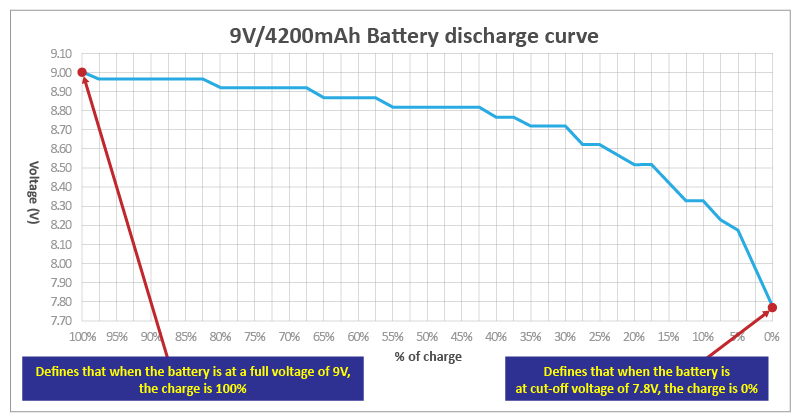
Figure 5: 9V/4200mAh Battery Discharge Curve
Battery Level Calculation
AEDs of different brands use different battery specifications. In order to obtain the relationship between the battery level and battery voltage of various batteries, we pick out several common AED brands, models, and their battery specifications on the market and sort the information into Table 1.
Table 1: Common AED Brands, Models and Their Battery Specifications
| Brand | Model | Battery Specification | |
| Charging Circuit | System Circuit | ||
| Nihon Kohden | AED-2100K | 30V/1400mAh | 3V/1400mAh |
| CU Medical System | i-PAD NFK200 | 12V/4200mAh |
|
| Philips | HeartStart FRx | 9V/4200mhA |
|
| HeartSine | Sam 300P | 18V/1400mAh |
|
| Nanoomtech | HeartPlus NT-180 | 21V/1400mAh | 9V/1400mAh |
| Defibtech | DDU-100 | 15V/1400mAh |
|
The following table sorts out the specifications of AED batteries of various brands that also use Panasonic CR-123 lithium batteries in series / parallel. We define the cut-off voltage in the same way and define the remaining battery level at this time as 0%. Then, we measure the battery voltage under a constant current load with constant current of 200 mA to obtain the voltage-battery level relationship of each battery, as shown in Table 2: (6 sampling voltage-battery level points)
Table 2 Voltage-Battery Level Relationship of Each Battery
|
| 9V/4200mAh | 12V/4200mAh | 15V/1400mAh | 21V/1400mAh | 30V/1400mAh |
| 100.00% | 9.00V | 11.96V | 15.00V | 20.95V | 29.95V |
| 80.00% | 8.92V | 11.36V | 13.98V | 19.71V | 28.18V |
| 50.00% | 8.82V | 11.30V | 13.91V | 19.62V | 28.06V |
| 30.00% | 8.72V | 11.17V | 13.76V | 19.43V | 27.69V |
| 20.00% | 8.52V | 11.07V | 13.61V | 19.21V | 27.44V |
| 10.00% | 8.33V | 10.84V | 13.36V | 18.83V | 26.91V |
| 0.00% | 7.78V | 10.51V | 12.92V | 18.22V | 26.05V |
Recommended Remaining Battery Level
After measuring the battery voltage, the inspector can refer to Table 2 to check the remaining battery level of the AED and decide whether the battery needs to be replaced. Take the AED which uses 9V / 4200mAh battery as an example. Its specification ensures the user 100 times of electric shock under the maximum electric shock energy of 150J. We can reasonably assume that to be able to deliver 100 times electric shocks, the battery level will need to be 100%, that is, 9V under 200 mA load.
In addition, the recommended remaining battery level is to ensure that the AED battery can still provide at least 20 electric shocks of maximum energy (150J) (the threshold of the recommended remaining battery level is defined by the user). 20 times is one-fifth of 100 times, so the remaining battery level must be at least 20%. As the user can see from Table 2, 20% is 8.52V under 200mA load.
The recommended remaining battery level of other AED batteries can be seen in Table 2.
Conclusion
AEDs have become indispensable equipment in public areas. In case of emergency, whether AED can function normally will affect the patient’s safety. If we can collect more information about whether the AED function is normal or not when inspecting the AED, we can avoid tragedy from happening.
Cautions
- DFS200 user manual provides a voltage-battery level with load table, which the recommended remaining battery level can be known from the measured voltage.
- Panasonic CR-123 is used for the battery information provided in DFS200 user manual and application note.
- The 9V / 4200mAh battery mentioned above uses CR-123 lithium batteries, which are composed in parallel or series to meet the battery specification required by the experiment.
- All experiments and measurements are carried out with Whaleteq DFS200 and DFS200 battery measurement probe (with load).
- The load current of DFS200 battery measurement probe (with load) is set to 200mA.
- The specifications and features of CR-123 batteries of various brands are different. Therefore, the results will be slightly different from the above contents.
